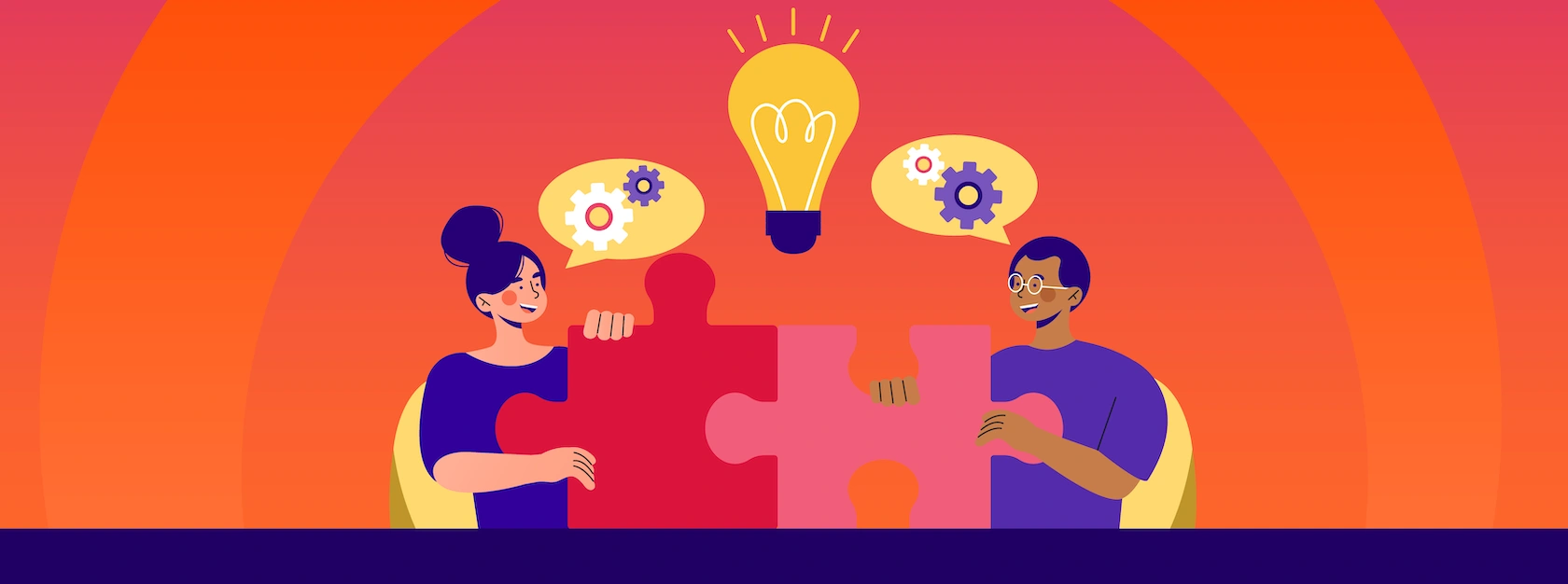
Length
3 min read
In our house, we love Moana – and now Moana 2. There’s a line from one of the newer songs, sung by Loto, the perfectionist engineer:
“The odds are, we’ll end up in watery graves!”
Moana scolds her, and Loto replies, all defensive:
“Observation!”
And every single time, I groan. Why? Because it’s not an observation. It’s a dramatic opinion, maybe even a prediction, but definitely not something she saw or heard directly.
It’s a small reminder of how easy it is to get our definitions mixed up, especially when we’re under pressure to make sense of data or justify decisions. In research and design, language matters – because what you ask for shapes what you get.
Understanding the difference between observations, themes, and insights is essential – not just as a semantic exercise, but as a way to do more meaningful work.
Here’s a simple breakdown we use to get everyone on the same page, but there is more detail later in this post:
- Observation – Something directly seen, heard, or measured. It’s raw input.
- Theme – A pattern that appears across multiple observations.
- Insight – A deeper understanding of why something is happening, developed by analysing patterns in context, including organisational, cultural, and human.
Why insights matter more than observations.
Observations can feel tangible and relatable however when we use them as a source for change, the options and pathways are limited. We can take a single step forward and enhance a service step based on the observation. This is great for continuous improvement – but you’re really only sharing the opening scene – not the full story. And not getting the most out of your research.
Within the context of research to support strategic service and system design, the changes need more than a little input on a single interaction. In long-term transformation programs, we return to insights again and again keeping us focused on the client impact and ultimately, what really matters.
Insights offer:
- Tension – revealing friction between what users need and what’s currently offered.
- Clarity – cutting through complexity to make sense of data.
- Direction – helping teams prioritise, align, and move forward with purpose.
Insights can be dissected and open a world of opportunity. Insights don’t tell you the solution but they provide success criteria for you and your team to unpack and consider.
The real value lies in insights. They explain the why, not just the what. They give your team something to act on, something that can inform decisions, guide strategy, or inspire new ideas.
The reality is that the systems and services that we work in are often complex beasts that have evolved over time. Small steps in a positive direction may not be enough to have a big enough impact on customer experience.
The problems we face are more complex than simply responding directly to customer requests with exactly what they need. There needs to be a little space for understanding, interpretation and regurgitation.
Don’t worry, observations still have an important job to play. Not only are they the building blocks that make up themes and insights, but they also provide a hook – they are interesting and people can relate to them.
We use observations to emphasise how an insight might look in everyday life.
But the insights provide the bulk – the meat – of the customer point of view.
Examples: Observations, themes and insights explained.
Observations: the ‘what’.
These are direct, unfiltered snippets of reality. They’re what participants said, did, or experienced. They’re specific, tangible, and tied to a moment in time.
“The form didn’t load on my phone.”
“I couldn’t tell if my payment went through.”
Observations are valuable for building empathy, but on their own, they don’t tell you what to do next. They don’t explain why something happened — only that it did.
Themes: the ‘patterns’.
Themes help you start making sense of your data. They’re clusters of similar observations that point to recurring behaviours or challenges.
“Users struggle to complete payments on mobile.”
“There’s confusion about billing across all demographics.”
Themes are still descriptive, but they start to reveal where the friction lives. They help you zoom out and see the system, not just the symptoms.
Insights: the ‘so what’.
Insights go a layer deeper. They analyse patterns in the context of human behaviour, business goals, and systemic forces. They uncover meaning – the emotional or functional disconnect that explains what’s really going on.
“People want to pay their bills on time, but mobile payment doesn’t align with how they use their devices during work hours.”
This kind of clarity is gold. It tells you not just what’s happening, but why, and gives hints on what to do about it.
Observations spark empathy. They bring research to life. But insights drive change.
So whether you’re making product decisions, refining service touchpoints, or aligning a team around strategy – insights are the tool to get you there. But pair them with supporting observations to get the most engagement on your customer research.
Spoiler alert: Moana and the crew don’t end up in watery graves.
